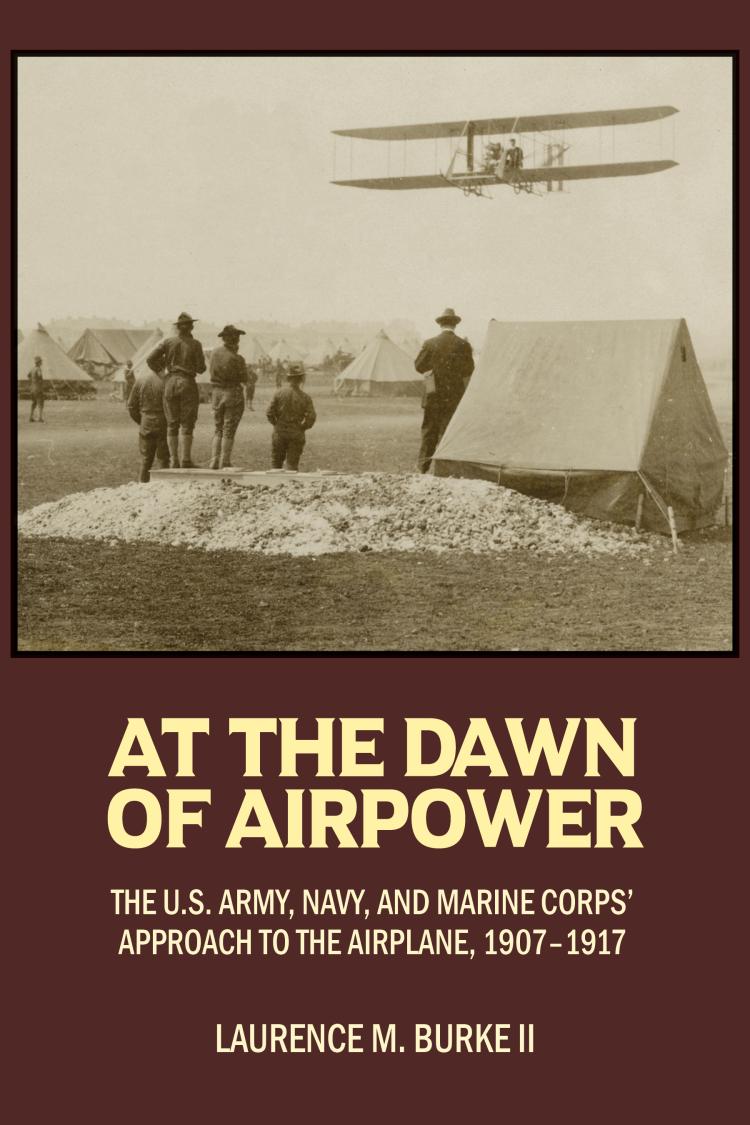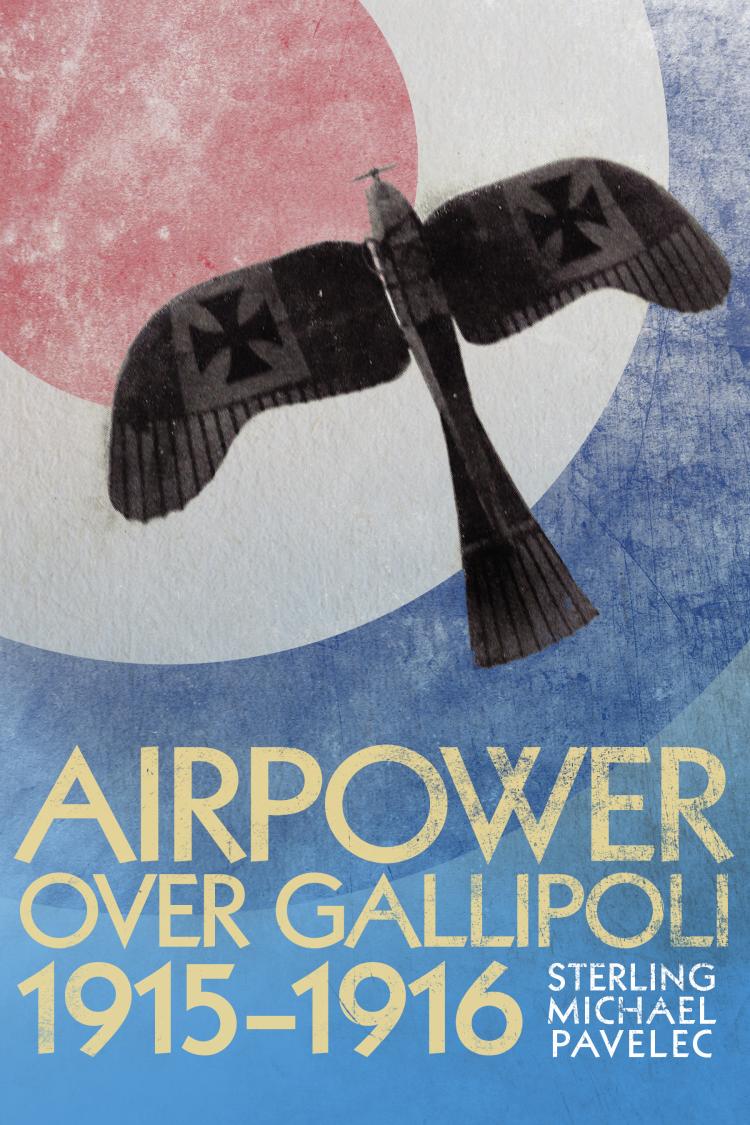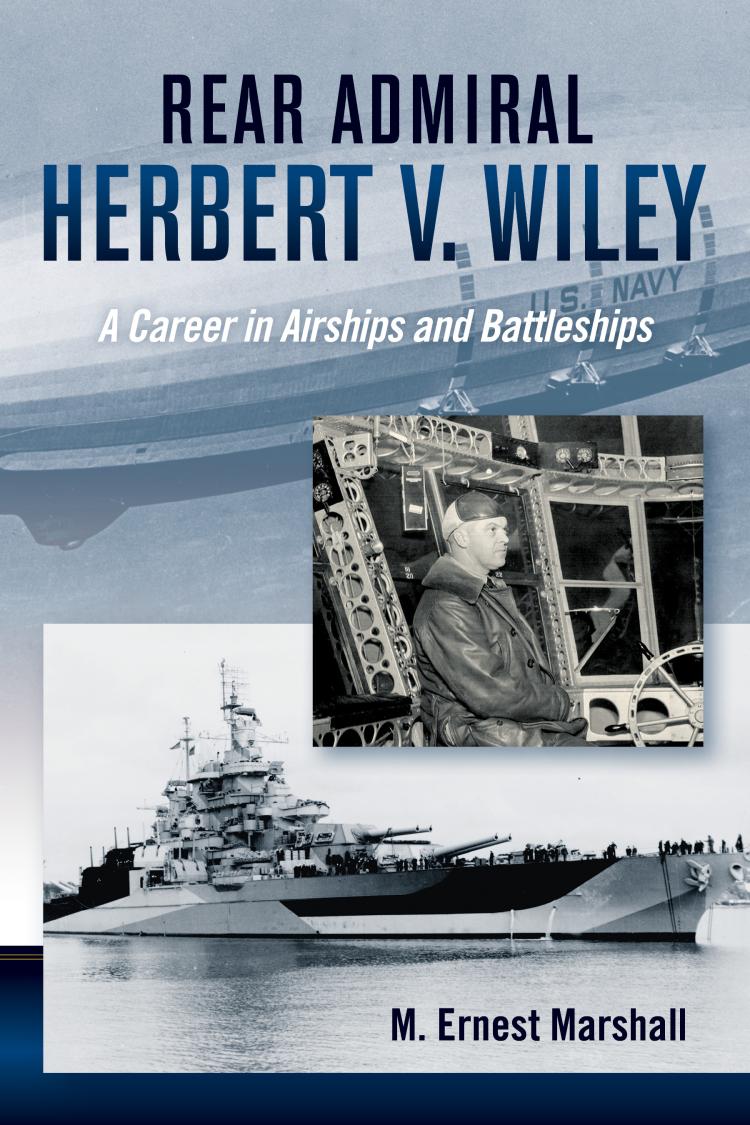At the Dawn of Airpower
- Subject: Spring 2022 Catalog | World War I | Society of Military History Conference | Military Aviation History YouTube Channel - Reading List
- Format:
Hardcover
- Pages:
384pages
- Illustrations:
24 b/w illustrations
- Published:
May 15, 2022
- ISBN-10:
1682477290
- ISBN-13:
9781682477298
- Product Dimensions:
9 × 6 × 1 in
- Product Weight:
24 oz
Overview
At the Dawn of Airpower: The U.S. Army, Navy, and Marine Corps’ Approach to the Airplane, 1907–1917 examines the development of aviation in the U.S. Army, Navy, and Marine Corps from their first official steps into aviation up to the United States’ declaration of war against Germany in April, 1917. Burke explains why each of the services wanted airplanes and show how they developed their respective air arms and the doctrine that guided them. His narrative follows aviation developments closely, delving deep into the official and personal papers of those involved and teasing out the ideas and intents of the early pioneers who drove military aviation Burke also closely examines the consequences of both accidental and conscious decisions on the development of the nascent aviation arms.
Certainly, the slow advancement of the technology of the airplane itself in the United States (compared to Europe) in this period affected the creation of doctrine in this period. Likewise, notions that the war that broke out in 1914 was strictly a European concern, reinforced by President Woodrow Wilson’s intentions to keep the United States out of that war, meant that the U.S. military had no incentive to “keep up” with European military aviation. Ultimately, however, he concludes that it was the respective services’ inability to create a strong, durable network connecting those flying the airplanes regularly (technology advocates) with the senior officers exercising control over their budget and organization (technology patrons) that hindered military aviation during this period.
About the Author
Editorial Reviews
“Larry Burke deserves accolades for this superb new book. He has used an extraordinary range of primary and secondary sources, laced with sophisticated analysis, to uncover the convergence and divergence of technology, doctrine, and culture in Navy, Army, and Marine aviation in the formative years before World War I.” —William F. Trimble, professor emeritus, Auburn University, and author of Admiral John S. McCain and the Triumph of Naval Air Power
“Larry Burke has written the finest study to date on how the entire American defense establishment wrestled with the most revolutionary technological innovation of the twentieth century. Anyone interested in this period of military history, as well as anyone wrestling with questions related to the current challenges involved with integrating today's technological innovations, should read this important book.” —Dr Mark Grotelueschen, author of The AEF Way of War: The American Army and Combat in World War I; Department of Military and Strategic Studies, US Air Force Academy
“Drawing on a vast array of sources, Burke interweaves the personalities, politics, promises, and prejudices that shaped how the US Army, Navy, and Marine Corps approached the new technology of the airplane prior to America's entry into World War I. At the Dawn of Airpower provides a much-needed comparative study of the airplane's early adoption among the military branches, one that illustrates the interdependence between technological change and doctrinal development and offers important lessons on how bureaucracies adopt, adapt to, and promote emerging high technologies.” —Sean Seyer, assistant professor, University of Kansas, author of Sovereign Skies: The Origins of American Civil Aviation Policy
“What were the three [American] services doing with aviation during this period [1909-1919] and why were they not better prepared in 1917? That is the focus of this book,” writes historian Burke. Particularly interesting and innovative is his use of actor/network theory as an analytical tool. He fills a key gap in the literature about American Air Power with this fine new monograph.” —John T. Kuehn, author of Agents of Innovation, former Ernest J. King Professor of Maritime History, U.S. Naval War College
“The volume annotates the birth of American Military Aviation. He discusses the early rivalry between the Wright Brothers and every other American manufacturer. Later on, the finalists would be the Wrights and Glenn Curtiss. The author goes on to detail the various machines and the beginnings of the doctrine of both the U.S. Army Signal Core and the U.S. Navy/Marine Corps. The author discusses the events occurring in Europe prior to and the start of World War I, and how those events effected American Aviation. This book is well written and easy to follow. Highly recommended for a military aviation enthusiast.” —John Hill, researcher, Pueblo Weisbrod Aircraft Museum
“Like an action-adventure novel this book is a page turner beginning with its prologue. That just doesn’t happen with a history book, right? Especially ones which run deep with information and history’s human dimension? Discovering that aviation’s aircraft design and piloting infancy was actually exciting as well as dynamic? Lawrence Burke has done all of this and more in At the Dawn of Airpower…. [It] belongs on historian bookshelves as well as libraries. It is well researched, written in a lively and unbiased fashion, as well as thoroughly referenced and indexed.” —Travel for Aircraft










